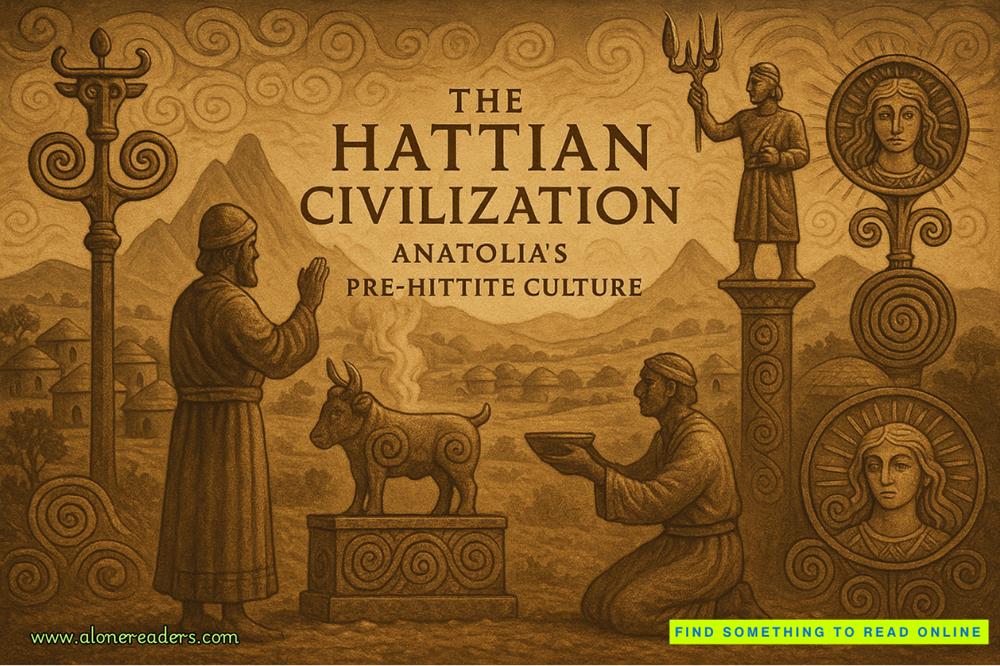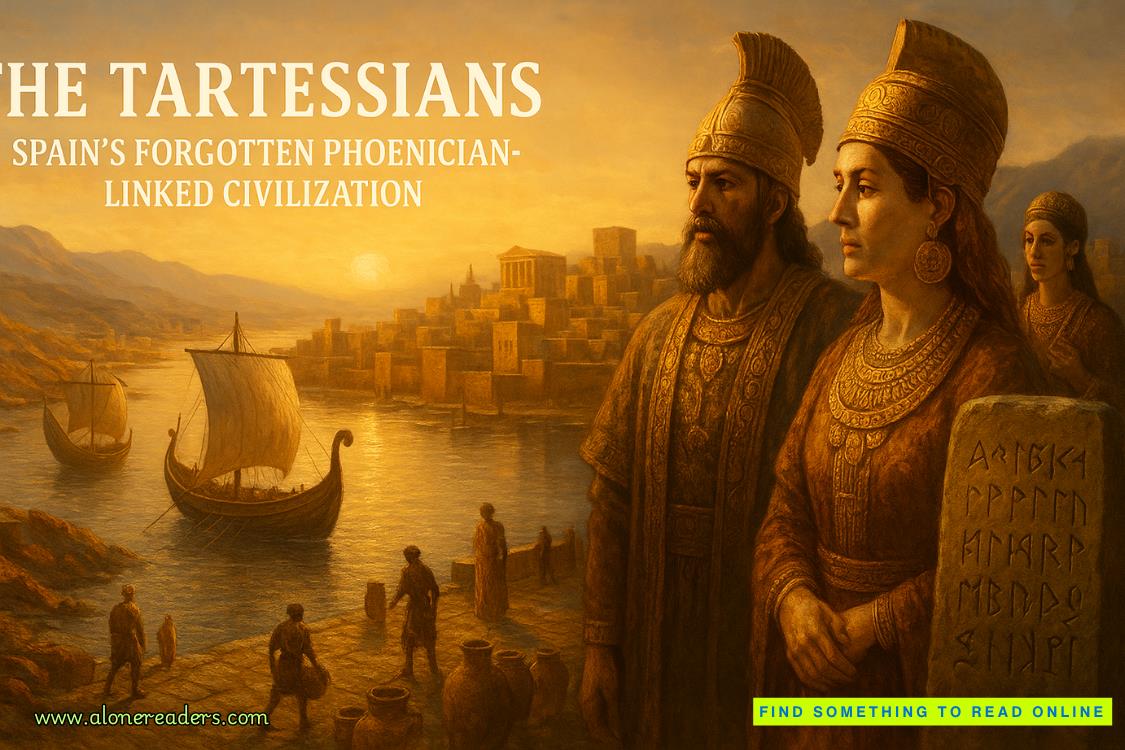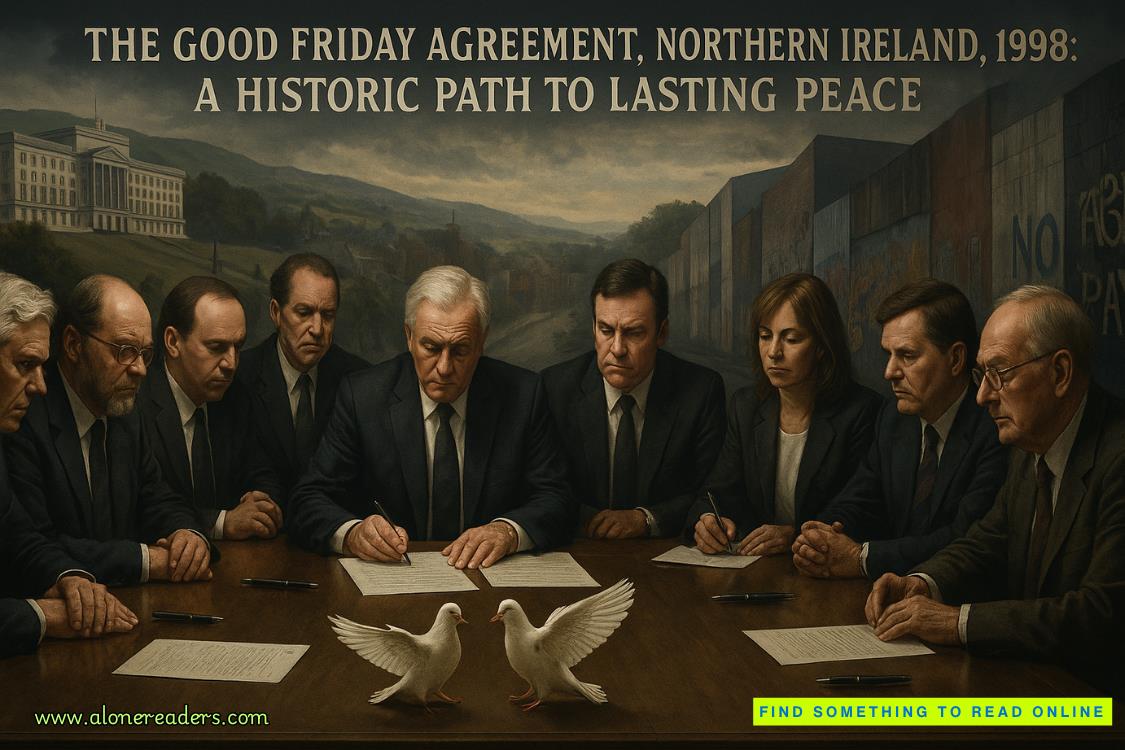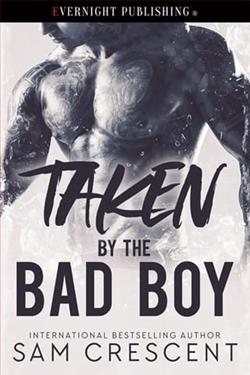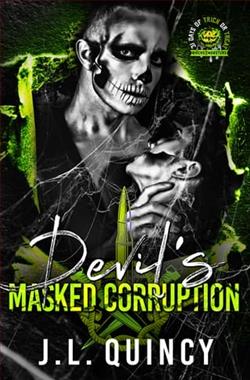Page 19 of The Atlas Maneuver
Ordinarily she avoided factory ammunition, preferring custom loads that she made herself with less powder, which provided lower velocity and less noise. But this would have to do. The gun seemed alive, power surging into her hand, up her arm, and into her entire being.
Which brought her life.
Like always.
She fired twice into the woman’s head.
CHAPTER 12
CASSIOPEIA WAS TRYING HARD NOT TO BE IRRITATED. BUT SHE’D LEFTher castle rebuilding project in the hands of her employees and traveled to Switzerland, at her own expense, only to be set up? She told Koger what happened and passed along the message. They were motoring north, out of Geneva, at a fast pace.
“It was fifty-fifty if the gold was there,” he told her.
“Which you failed to mention, before I went inside.”
“There’s a lot more I didn’t tell you too,” he said.
“Like the Black Eagle Trust?”
Koger nodded. “Yeah. Like that.”
They rode a few minutes in silence. The day was turning cloudy and overcast. Something was happening here, something that the big man sitting across from her was definitely bothered about. Something Cotton had thought important enough to involve himself in.
Koger slowed the car and turned into a small parking lot that accommodated an office building. Trees encircled the asphalt and only about half the spaces were occupied. He parked in one and switched off the engine. He then reached back to the rear seat and grabbed a leather satchel. From inside he removed a few pages stapled together.
“I need you to read this,” he said. “Then I’ll answer your questions.
INTERNAL MEMORANDUM CLASSIFIED—TOP SECRET FOR DCI EYES ONLY
Text:Until September 1945, Edward Lansdale was an immaterial advertising copywriter, who spent the war writing propaganda for the Office of Strategic Services (OSS). With the disbanding of the OSS, Lansdale was offered an opportunity to transfer to the Army’s G2 operation in the Philippines. There, he was placed in charge of supervising a Filipino American intelligence officer named Severio Garcia Diaz Sanata. By then Japanese General Tomoyuki Yamashita had surrendered, been tried for war crimes, found guilty, and executed. Yamashita was questioned extensively about gold and other assets he hid across the Philippines, but refused to say anything. Once dead, attention turned to Major Kojima Kashii, who had driven Yamashita all over the islands.
Sanata tortured Kashii and learned about 175 hidden caches of Japanese treasure. Edward Lansdale joined in those sessions. Kashii eventually led Sanata and Lansdale to the location of a dozen sites in the mountains north of Manila. Two of those were opened and revealed huge amounts of gold, precious metals, and gems. Sanata then recruited a team and started to open more sites. Lansdale flew to Japan to brief General MacArthur and then on to Washington to speak with President Harry Truman, who decided to proceed with the gold recovery, which would be kept secret and classified. Roosevelt’s Secretary of War, Henry Stimson, was the first to propose using gold recovered from the Nazis as a secret, post-war slush fund. The Nazis had already re-smelted their looted gold, making it nearly impossible to trace its origin. Further, many owners had perished in the war and most of the pre-war governments had ceased to exist. With many ofthe eastern European countries falling under the influence of the Soviet Union, returning any gold to those countries was out of the question. So the Allies decided to retain whatever Nazi wealth was possible. In 1946 the decision was made to consolidate that gold with what was being recovered from the Philippines into what became known as the Black Eagle Trust.
After briefing Truman, Edward Lansdale returned to Tokyo in November 1945. From there General MacArthur accompanied Lansdale on a secret flight to Manila where MacArthur personally inspected box after box of gold bullion stacked yards tall in underground chambers. That gold was then covertly moved by ship to banks in 42 different countries. Classified documents (viewed by several retired assets in the 1980s but no longer existing) confirmed large deposits of gold, silver, and platinum were made to those institutions. These same assets confirmed that the Black Eagle Trust was formally created in 1948.
Total secrecy was vital to success. The United States had openly declared that Japan was broke from the war, with no money to rebuild itself. Communism had become the common enemy of America and Europe. The United States wanted Japan to become a staunch anti-communist state. But a problem arose when the most ardent of the anti-communists in Japan were indicted as war criminals. These individuals were needed post-war. So few were ever punished, due in large part to MacArthur absolving both them and the Japanese emperor of all war crimes. The end result was that those most responsible for the war (and its atrocities) were left in power. A formal peace treaty with Japan was notexecuted until September 8, 1951. To shield Japan from war reparations, John Foster Dulles, the American envoy, secretly negotiated specialized terms with Japanese officials. Article 14 of the ratified treaty states:
It is recognized that Japan should pay reparations to the Allied Powers for the damage and suffering caused by it during the war. Nevertheless it is also recognized that the resources of Japan are not presently sufficient to make such payments. Therefore the Allied Powers waive all reparations claims for themselves, and their nationals, arising out of any actions taken by Japan.
By this article, any claims, including those by Allied nations, citizens, and servicemen forced into slave labor by Japanese warlords were waived. This also essentially placed anything looted by Japan off limits to legal action thereby ensuring that no one could lay claim to any of the recovered gold. Classified records that have survived indicate that the value of the gold recovered exceeded $200 billion 1947 dollars (which would exceed $2 trillion dollars in today’s value). More caches were eventually unearthed and added to the total. But not all of the 175 underground vaults were found and a map, created by Yamashita to be used for their eventual re-location, disappeared after the war.
By 1950, all of the gold acquired was physically consolidated at a single institution, the Bank of St. George in Luxembourg, under the guise of the Black Eagle Trust. Any and all records associated with that trust are currently the property of the bank and in its sole possession. This was part of the initial agreement between the agency and the bank, a safeguard to insulate the United States government fromany official involvement, which created full deniability. Until recently, the CIA enjoyed a congenial relationship with the bank, but that is no longer the case.
Background:The Central Intelligence Agency was formed on September 18, 1947. But its overall purpose was unclear from the start. Truman simply wanted a centralized group to organize the information that reached him each day. The Department of Defense wanted high-level military intelligence and covert action if needed. The State Department wanted to use it to create global political change favorable to the United States. A confusion of purpose contributed to the CIA’s early lack of success. It failed to provide sufficient intelligence about the Soviet takeovers of Romania and Czechoslovakia, the Soviet blockade of Berlin, and the Soviet atomic bomb project. It was caught off guard by the Chinese entry into the Korean War. The famed double agent Kim Philby was the British liaison to the CIA and worked for years undetected. Arlington Hall, the nerve center of the then-CIA cryptanalysis, was compromised by a Soviet spy.
The 1948 Italian elections were the first known uses of the Black Eagle Trust. The idea had been to prevent the communists from taking over Italy, so money was funneled to opposition candidates and the election outcome bought. Next, communist uprisings in Greece and Turkey were defeated through covert funding of counter-insurgents. In Japan the Black Eagle Trust propped up the government and funded the royal family, along with the fight of communism in Asia. When the socialists won big in the 1946 Japanese national elections, trust money was used to discredit the newly formed coalition. More was used to eventually elect and replace key members of the Japanese government.
The Black Eagle Trust has been utilized for over seventy years to fund covert operations around the world. And while these operations were certainly odoriferous and most likely criminal, the real danger came in keeping trillions in unaccounted-for gold out of the hands of private individuals.
But on that goal we failed.
CHAPTER 13
COTTON LEDKELLYAUSTIN FROM THE BAKERY BACK ONTO THEstreets of Basel. He could see that Kelly remained apprehensive. Understandable, given that someone had just tried to gun her down. Even if you did this for a living, which he had for a dozen years at the Magellan Billet, nerves still got rattled. Guns and bullets had a way of doing that.
Even to him.
The afternoon had turned cloudy and cool, but Basel remained bustling with cars and people. Koger had said to bring Kelly Austin to him. But they needed a few minutes to regroup. Her hotel was out of the question. If the people in the car knew where she was on the streets, they definitely knew where she was staying. His hotel was off limits for a variety of reasons. So he decided a café would be best. Public. Lots of people. A good place to have a chat.
